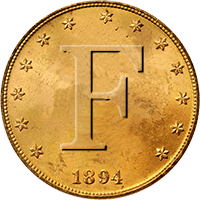Ok, I give up. Where do you find the Pattern Discrimination Screen. I've spent about 2 hours trying to do so. BCOOP shows a beach pattern screen with ALL the Fe and Co squares. 1- 35 Fe and 1-50 Co. Where is that screen? Am I to guess, for example, where Fe 27, or Co 42 is while making a discrimination pattern? I've looked at the manual several times and it has not helped me to find this screen.
Any help would be appreciated. Thanks.
Any help would be appreciated. Thanks.



